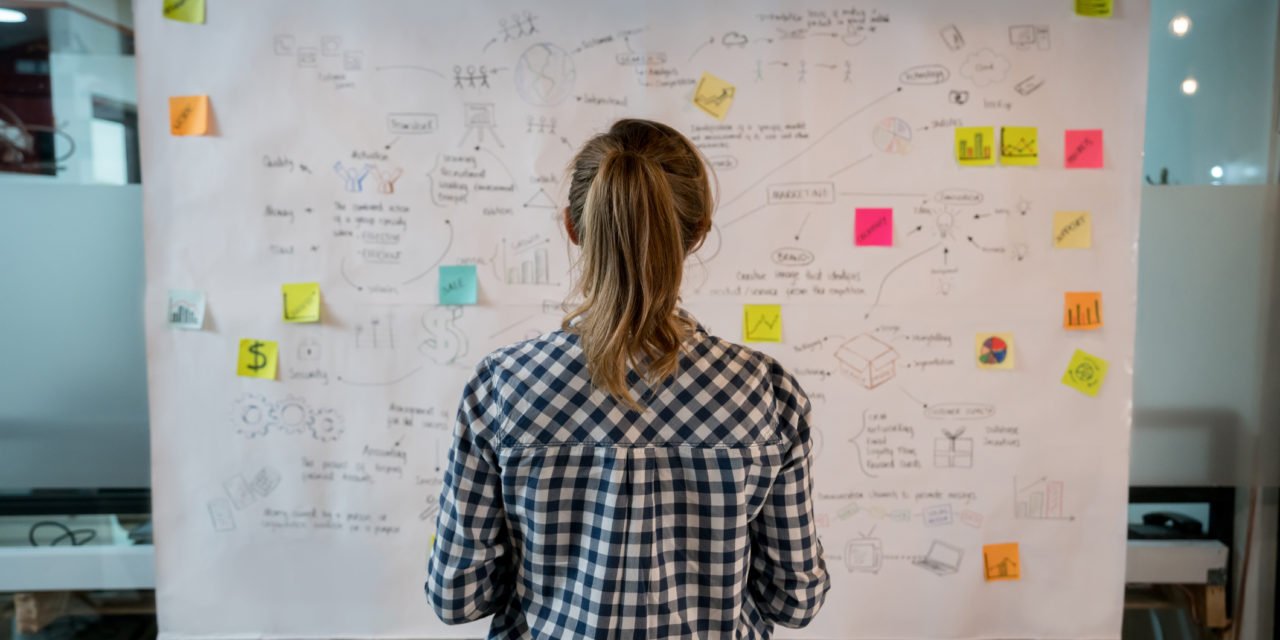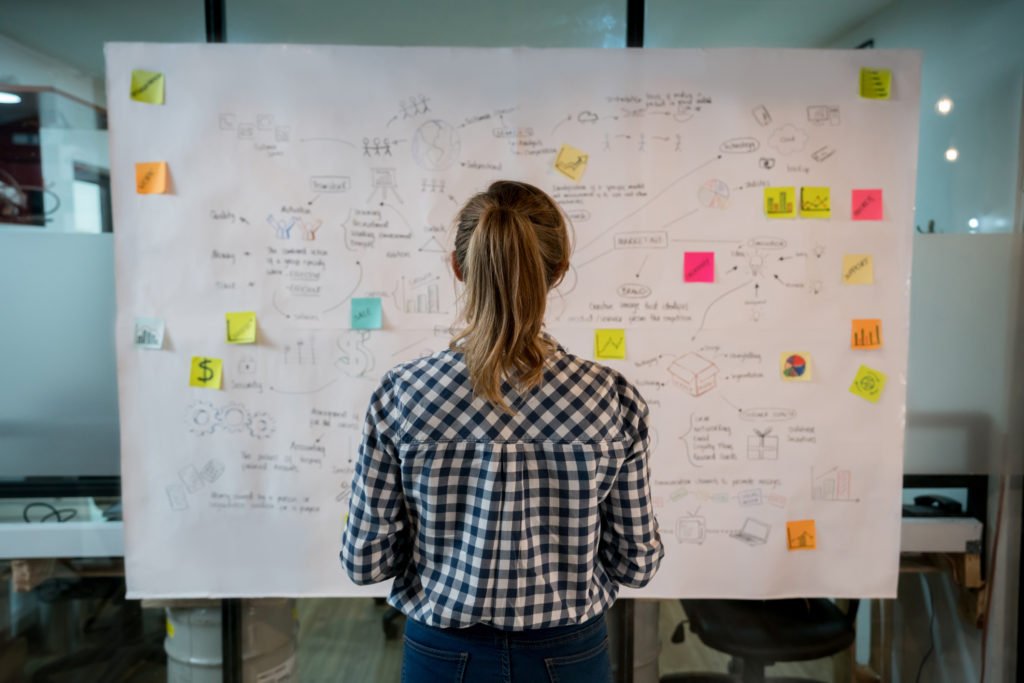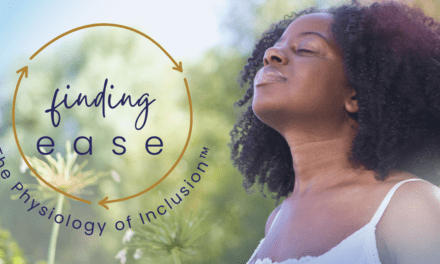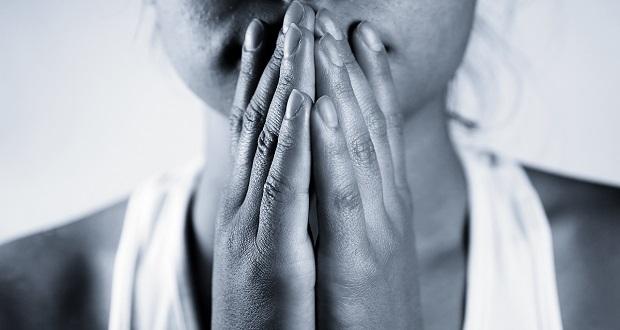DEI work in the business world is often full of “yeah-buts.”
“Dress codes can often be discriminatory.” Yeah, but we need to maintain professionalism.
“An inclusive workplace is one where everyone feels welcomed, valuable, and safe.” Yeah, but some people just don’t fit the culture.
“It’s crucial to give your employees time to process, heal, and rest after trauma.” Yeah, but we have deadlines to meet and clients to please.
These kinds of “yeah-buts” are rarely well-intentioned. They are their own forms of resistance, couched as logistical concern, relying on circular internal logic to justify upholding and perpetuating the status quo by relying on potentially outdated and inequitable views of standards and norms.
In our work at The Winters Group, we often talk about interrogating systems and viewing them through an equity lens. At its most fundamental, this means questioning the very foundation and origin of policies, practices, and procedures.
Over the last four months, we’ve been asking the question, “By whose standards?” to begin unpacking the fraught relationship between organizational inertia — how things have always been done — and equity-centered momentum — how we imagine things could be.
As Mary-Frances Winters pointed out at the beginning of the series, “it is important to question standards — those things that we often take for granted as universally accepted — and who gets to set them.”
We’ve been asking, “By whose standards?” to unpack the relationship between organizational inertia — how things have always been done — and equity-centered momentum — how we imagine things could be. Click To Tweet As Mary-Frances Winters pointed out, 'it is important to question standards — those things that we often take for granted as universally accepted — and who gets to set them.' Click To TweetBy questioning these standards, we can start to surface new and exciting possibilities.
Imagine, if you will, a world in which:
- Fat and larger-bodied people receive the same humanity and consideration for that aspect of their identity as they do for their gender or race or religion;
- Office spaces, chairs, tables, and transportation options are equally accessible to all;
- Employers provide health benefits such as farmers markets subsidies and community garden access;
- Our collective understanding of history reflects the experiences of all, not just those who write the books;
- Workplaces encourage and prioritize their employees’ health and happiness;
- Commitment is less about “grinding it out” and more about creating a community of care that prioritizes well-being and celebrates boundaries;
- Workers’ mental health issues are understood and accommodated, rather than being treated as a liability to be mitigated;
- Supervisors have the skills and emotional intelligence to have open and honest conversations with their employees regarding their employees’ strengths, challenges, and needs around mental health;
- Sexual predators are openly and publicly disgraced, not given an opportunity to save face by resigning;
- Organizations intentionally rebuilt trust with historically marginalized communities and employees;
- Leaders held themselves and each other accountable for their own learning, and the mistakes they make along the way;
- Asking for what you need is met with grace and openness, not judgment;
- Our standards for what constitutes “action” moves beyond superficial statements and toward qualitative and quantitative analyses that measure the experiences and changes within a system;
- Companies focus as much on ensuring equitable systems as on diversifying the applicant pool;
- Black and Brown folks’ fatigue and trauma around anti-racism and justice work is recognized, affirmed, honored, and accounted for;
- “Meeting people where they are” means recognizing that people are a sum of their experiences, identities, life happenings, and trauma, and we therefore meet them mind, body, and spirit;
- The media we consume and stories we tell reveal a deep, rich cultural tapestry in which everyone can see themselves — not only in trauma and oppression, but also in the everyday joy and mundanity of life;
- A Black girl going missing is as tragic and worthy of attention as a missing white girl;
- We treat each other with genuine kindness, not just surface-level niceties;
- A misspelled word on a resume doesn’t preclude someone from a job;
- Supervisors prioritize developing the skills necessary to attract and support a diverse workforce;
- Leaders recognize that systemic inequity is everywhere and they are responsible for creating and sustaining equity and justice in their organizations.
In this hypothetical world, Black and Brown people, women, fat people, neurodiverse people, and any person of any subordinated identity is valued and knows they belong.
They are, in a word, included.
In a hypothetical world, Black and Brown people, women, fat people, neurodiverse people, and any person of any subordinated identity is valued and knows they belong. They are, in a word, included. Click To TweetSuch a world is hypothetical only insofar as we lack the collective energy to make it real. But it is not an impossibility.
Equity and justice will not come easy, as the systems in place that enforce and uphold fundamentally inequitable, unjust standards are deeply entrenched in our societal norms.
Deeply entrenched, though, is not the same as permanent.
If we want to create what we know is possible, we must start at the beginning: By whose standards are we judging what’s right?
Equity and justice will not come easy, as the systems that enforce and uphold inequitable, unjust standards are deeply entrenched in our societal norms. Deeply entrenched, though, is not the same as permanent. Click To Tweet



















